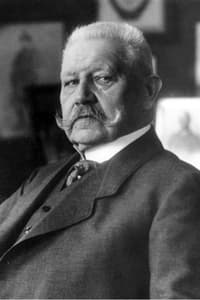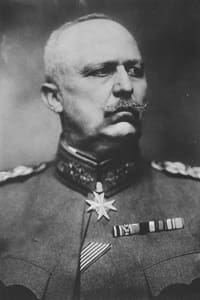Unser Hindenburg
Genres
Documentary
OverView
Short about Field Marshal Paul v. Hindenburg on the occasion of his 70th birthday on 02.10.1917.
Others
Budget
$--
Revenue
$--
Status
Released
Original Language
German
Runtime
8 mins
Rating
0/10
Release Date
10 October 1917
Country
Germany


